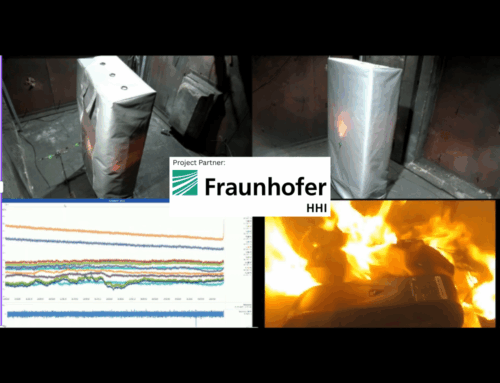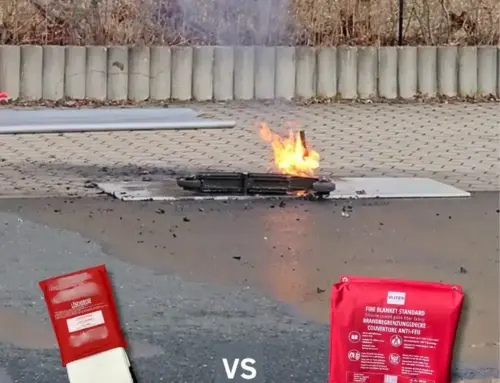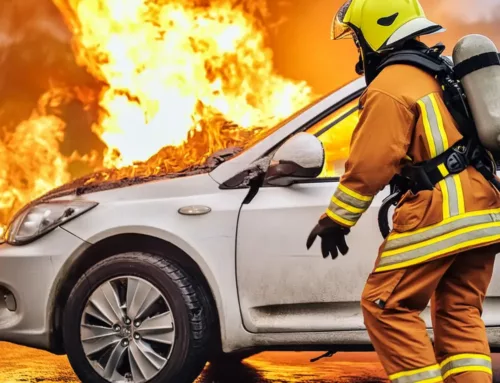
With the increasing number of electric cars on ferries, the safety of these vehicles during the crossing is coming into focus. According to recent studies, there is at least one electric vehicle on board on more than one in three ferry trips. Although battery fires are rare, the special conditions on ferries require specific safety measures. The ALBERO project, funded by the German Federal Ministry of Education and Research, has set itself the goal of making the transportation of electric cars on RoRo ferries safer and developing suitable measures for hazardous situations. Further information can be found on the official ALBERO project website.
Table of contents
Challenges posed by e-cars on ferries
Ferries have unique safety requirements, especially when it comes to battery fires:
- Limited space: Vehicles are parked close together, which makes it easier for fires to spread.
- Isolation: Emergency services are often unable to intervene directly.
- Sprinkler systems: Modern sprinkler systems are not sufficient to sufficiently reduce the temperatures of a battery fire and stop the thermal runaway.
ALBERO project: Test series for greater safety
The ALBERO project is investigating the particular risks posed by electric cars on ferries and testing solutions, including the use of fire blankets such as the VLITEX E-AUTO.
Test scenarios and methods:
- Fire tests with individual battery modules.
- Use of various fire blankets (VLITEX and competitor products).
- Combination with sprinkler systems for fire fighting.
The tests should clarify how effectively various measures can contain fires and whether thermal runaway, i.e. the chain reaction of battery cells, can be stopped.
Findings from the tests
- fire blankets reduce the spread of fire:
By removing oxygen, conventional vehicle parts are prevented from catching fire. The blanket keeps flames and heat away from the surrounding area. - Protection against exploding battery cells:
Exploding battery cells hurl dangerous parts meters into the air. The fire blanket prevents these parts from causing damage in the surrounding area. - No extinguishing, but effective limitation:
Battery fires already contain all the necessary components for a fire. Therefore, a fire blanket cannot extinguish the battery, but can effectively protect the surrounding area. - Combination of ceilings and sprinklers:
The use of sprinklers increased the smoke development and increased the concentration of toxic gases. This shows that the combination of these methods must be well coordinated. - High temperature resistance of VLITEX E-AUTO:
VLITEX fire blanket, certified for temperatures up to 1,300 °C, can withstand even high thermal loads.
Safety for e-cars on ferries
The results of the ALBERO project underline the importance of fire blankets such as the VLITEX E-AUTO for the safety of electric cars on ferries. They effectively limit fires, protect the environment and minimize risks for passengers and crew. The collaboration between researchers, manufacturers and ferry operators lays the foundation for safe ferry transportation.









